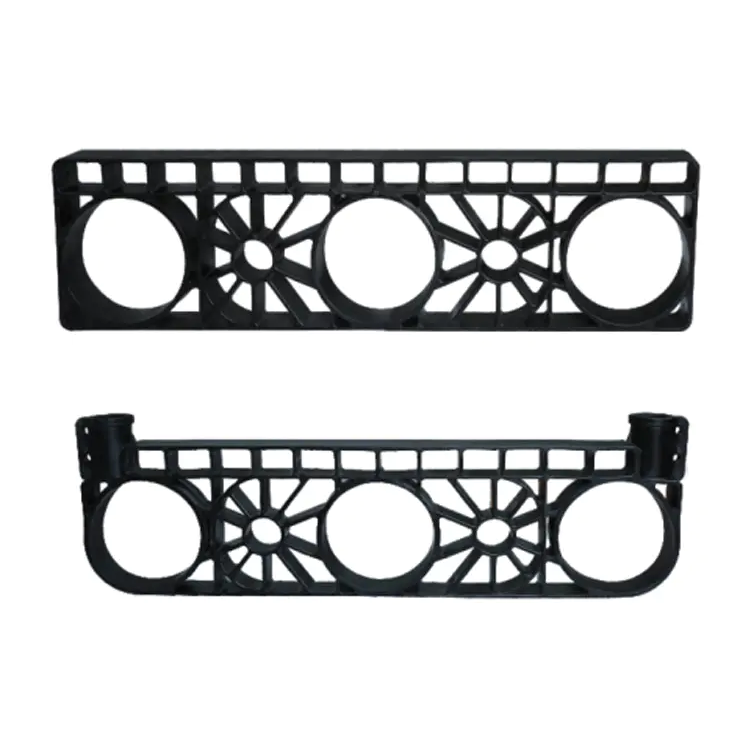Applications of Deep Sea Aquaculture Cages in Modern Fish Farming

Deep sea aquaculture cages have become a valuable solution in the development of offshore fish farming, offering a reliable structure for raising a variety of fish species in open water environments. As global demand for seafood continues to rise, fish farming operations have expanded from traditional coastal areas to deeper, open sea locations where conditions are often more dynamic. This shift has driven the need for aquaculture systems capable of withstanding stronger currents, waves, and other environmental factors while providing a stable habitat for aquatic species.
One of the primary applications of deep sea aquaculture cages is in large-scale commercial fish farming. These cages are typically designed to hold significant quantities of fish, making them suitable for farms producing species such as salmon, cobia, amberjack, and grouper. The cages are constructed from durable materials like high-density polyethylene (HDPE) or steel, which can endure the demands of offshore waters while maintaining structural stability.
The open design of these cages allows for improved water circulation, reducing the risk of disease outbreaks and supporting healthier fish growth. Fish farmers can monitor water quality and adjust feeding schedules more effectively in these systems, contributing to better stock management and harvest outcomes.
Deep sea aquaculture cages are often used in areas where traditional coastal farming may place stress on nearby ecosystems. By relocating operations further offshore, these systems help reduce the environmental footprint associated with land-based or near-shore aquaculture. The open water environment allows waste products from the fish to disperse naturally, minimizing localized pollution and supporting more sustainable farming practices.
Additionally, the submerged cages can integrate with local marine ecosystems, offering shelter to smaller fish and marine organisms. In some cases, these structures have been observed to increase local biodiversity by providing new habitats within offshore areas.
Beyond commercial farming, deep sea aquaculture cages are also applied in scientific research and breeding programs. Marine biologists and aquaculture researchers use these systems to study fish behavior, feeding habits, and growth patterns under natural conditions. The controlled yet open setting of these cages provides valuable data for improving breeding techniques and developing aquaculture practices suited to various marine environments.
Selective breeding programs may also benefit from the use of deep sea cages, where specific fish groups can be monitored over time to assess genetic traits, growth rates, and resistance to certain environmental challenges. This information is essential for advancing sustainable aquaculture methods and ensuring healthy fish populations for future production needs.
Deep sea aquaculture cages serve a broad range of applications, from commercial fish farming and environmental conservation to research and breeding initiatives. Their ability to function in offshore environments offers fish farmers and researchers a practical tool for managing aquatic species while adapting to growing demands and changing environmental conditions. As aquaculture continues to evolve, the use of deep sea cages is likely to expand, supporting more efficient and responsible fish farming practices worldwide.
- Art
- Causes
- Crafts
- Dance
- Drinks
- Film
- Fitness
- Food
- Игры
- Gardening
- Health
- Главная
- Literature
- Music
- Networking
- Другое
- Party
- Religion
- Shopping
- Sports
- Theater
- Wellness


